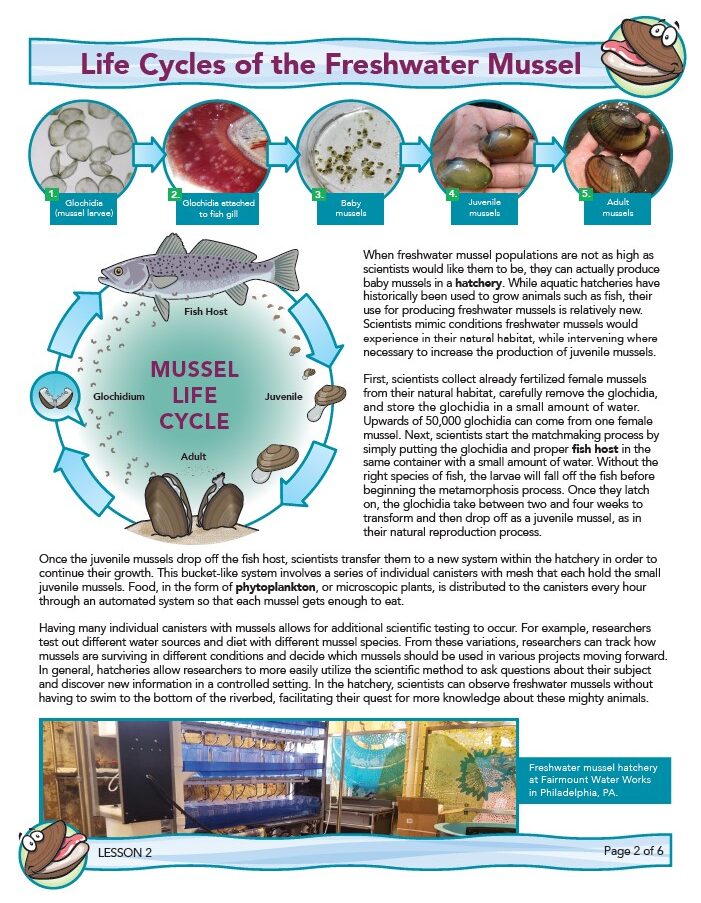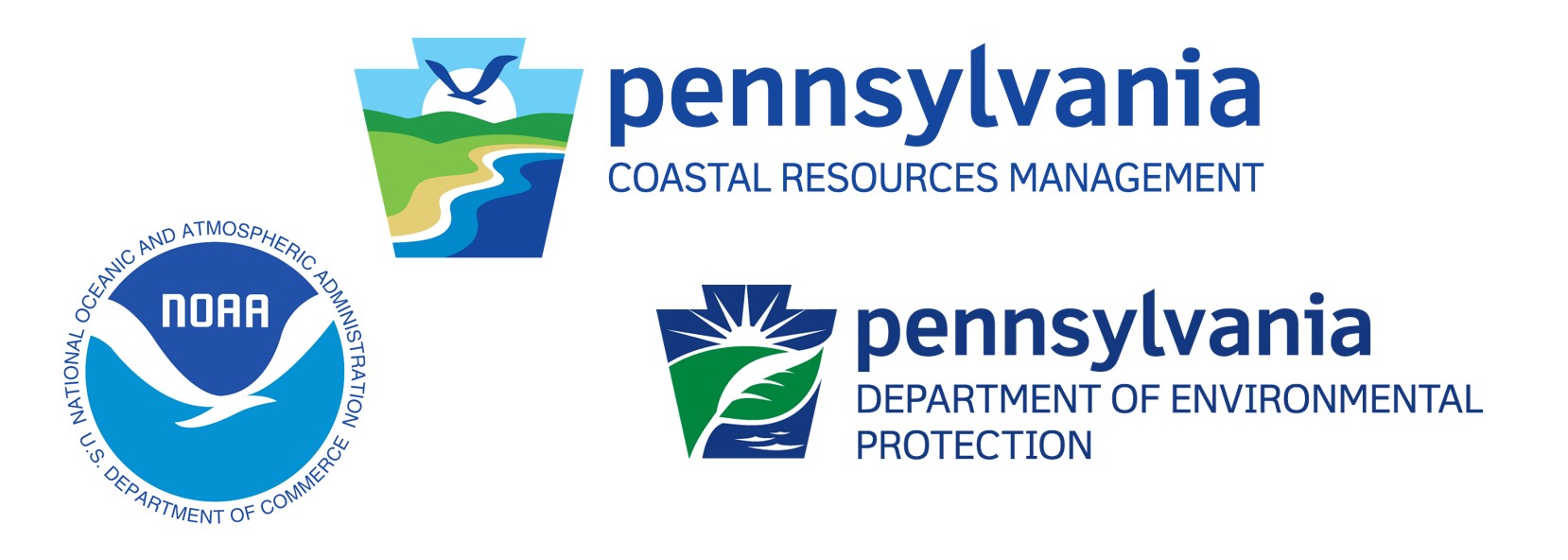Help us Teach about Freshwater Mussels!
At the Partnership for the Delaware Estuary, we love freshwater mussels and we want you to love them too! But how can you love something you don’t know much about? We want to change that, and educate you about all things mussels. That’s why we have developed 3 interactive lesson plans designed to share about the importance of this aquatic organism. The lessons each feature a fun activity that gets students up, moving around, and practicing their scientific skills.
Lessons can be used by all, including formal classroom teachers, non-formal environmental educators, or even after-school leaders. While the lessons are geared towards upper elementary and lower middle school aged students, the concepts and activities can be adapted to a variety of age ranges. Each lesson takes approximately 1 hour to complete. Lessons are aligned with Pennsylvania State Education Standards and relevant standards are outlined in a supporting document. A Resource Guide is also included should you wish to expand your teaching about freshwater mussels and related topics.
In order to facilitate implementation, each lesson is accompanied by a ready to use presentation and student worksheet. Additionally, while you can gather and print necessary materials on your own, we have assembled kits that contain all the required materials to do each lesson that are available to loan out to educators.
Interested in learning more or trying out the lessons? Email Chesa Blom at fblom@delawareestuary.org for more information.

Freshwater mussels can filter up to 20 gallons of water per day! Imagine the impact that hundreds, thousands, or millions of mussels could have on our local waterways.
Lesson 1

Land, Water, & Freshwater Mussels: Exploring the connections among us, pollution, and freshwater mussels through the water cycle
Lesson 1 teaches about the filtering abilities of the freshwater mussel by incorporating the animal into the traditional concepts of the water cycle. Students will explore how water moves through the water cycle, the types of pollution that can occur on land and how freshwater mussels play a role in cleaning our waterways. In the activity, students will imagine themselves as a droplet of water and move through the water cycle. Along the way, they may pick up some pollution but will also learn that the freshwater mussel plays an integral part in filtering these pollutants and improving water quality.
Lesson 2

Life Cycles of the Freshwater Mussel: Exploring the life cycle of the freshwater mussel in the wild and in the hatchery
Lesson 2 shares information about the unique life cycle of the freshwater mussel and the concept of fish-host pairing. Students will learn how a freshwater mussel reproduces in its natural habitat and where scientists intervene to help produce more mussels in a hatchery. In the activity, students will act as either mussels or fish and simulate the life cycle process. Through multiple repetitions of the same activity, students will see what happens to mussel species as environmental conditions change and when the mussels are moved into a hatchery setting.
Lesson 3

A River of Freshwater Mussels: Exploring the Diversity of Species of Freshwater Mussels
Lesson 3 explores the diversity of the 13 freshwater mussel species native to the Delaware Estuary. Students will learn about the variety of shapes, sizes, and colors that freshwater mussels can be and complete their own mock freshwater mussel survey to try their hand at species identification. Students will also learn why scientists complete mussel surveys and what those findings can tell us about current mussel populations and future restoration efforts.

This project was financed in part by a Federal Coastal Zone Management Grant provided by the Pennsylvania Department of Environmental Protection with funds provided by the National Oceanic and Atmospheric Administration.